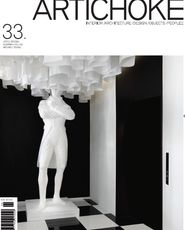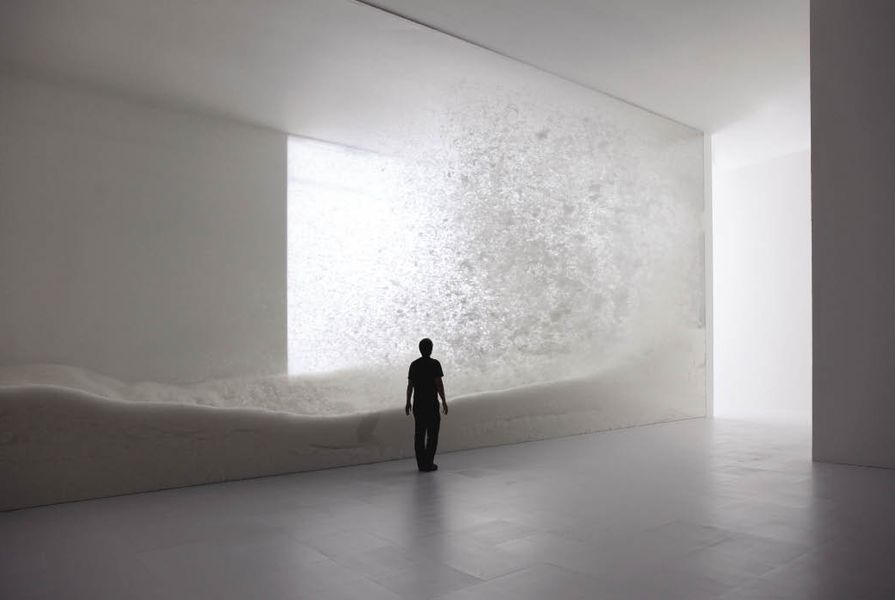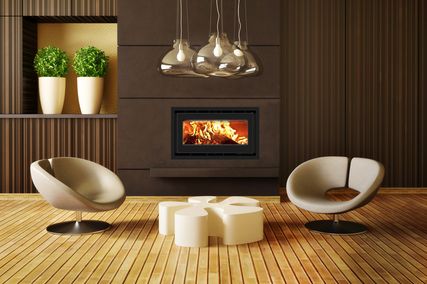“You stand at the table shuffling papers and you drop something. Only you don’t know it. It takes a second or two before you know it and even then you only know it as a formless distortion of the teeming space around your body. But once you know you’ve dropped something, you hear it hit the floor belatedly.” Don DeLillo1
Although we are to some extent aware of our visual involvement in space and time, we are less aware of the multisensory qualities of our experience as we move through space, over intervals of time. In Western design culture, sight has historically been regarded as the most important of the senses – often at the expense of the others. Juhani Pallasmaa argues that the dominance of the eye tends to push us into detachment, isolation and exteriority,2 and yet we are seduced by our enigmatic and fundamentally narcissistic encounter with the object qualities of the world.
The international design press supports and even celebrates this hegemony of sight. For many of us, the photograph is as close as we will get to an experience of most architectural projects. Accompanying text often reiterates that which is visible from the image and rarely describes the invisible qualities of the projects involved. This dominant publishing paradigm contributes to the visual flattening of a complex, multisensory experience of space. Architecture is reduced to the role of iconic object and thus to a recognizable commodity.
Haptic perception is a term used in psychology to describe a holistic way of understanding three-dimensional space. This system of environmental perception goes far beyond visual spatial perception and refers to a more complex experience integrating senses such as touch, positional awareness, balance, sound, movement, curiosity and the memory of previous experiences. This combination of sensibilities has been referred to as simultaneous perception.3 A space can be understood and appreciated through its acoustic resonance as much as through its visual shape. The most persistent memory of any space is often its smell. We feel air and light move against our skin and yet these are considered to be background experiences that rarely enter the published discourse on architectural space.
In the Memory Void of the Jewish Museum in Berlin, cast-iron faces are scattered thickly, almost discarded on the floor of the wedge-shaped space. Sounds leak out, pre-empting the visual encounter. A harsh clanking erupts whenever someone walks over this surface of souls. This experience may be imminent, but it is not apparent from a photographic image of the space. The door to the Holocaust Tower pivots open to an apparently empty, darkened void and gravel floor. Twelve metres up, a wall patch is illuminated by the smallest of openings, through which not only light but the smell of damp darkness and the sounds of the outside world seep through the cold, thick concrete shell. Your eyes adjust, as they always do. Only now do you see the crowd that you somehow felt, standing silently in the gloom, like you, breathing the air and saying nothing. This is Libeskind’s “end of all voids,” an externalized interior – something he hopes every participant in the museum will experience as “his or her absent presence.”4
Visitors move in the atrium in Donovan Hill’s extension to the State Library of Queensland.
Image: Dianna Snape
The atrium of Donovan Hill’s addition to the Queensland State Library provides access in all directions, at all levels. Although visually striking, this is not primarily a visual space – it remains one of heat and humidity. You have moved to, through and in, without using a door. Once again, you are inside and yet you are not – you are simultaneously here and there.
Tokujin Yoshioka wants occupants of his work to feel light with all the senses. Through the use of “natural phenomena and invisible elements such as sense, wind and light, the presence of the object is eradicated … it is as if the physical presence of the object has been uprooted and gives life to a ‘floating scenario.’ ” Yoshioka’s latest project, Sensing Nature / Snow, is simultaneously silent and dynamic. Although physically excluded, we are seduced by the possibility of immersion.
The haptic qualities of these projects are not incidental but fundamental to their conception as trans-active, participatory environments. In the act of designing, non-visual senses need to be more than just visual qualifiers. For this to occur, a variety of “place learning” methods will be increasingly important in design education. The manner in which we publish architectural projects will need to use images and text to construct a holistic, vicarious experience. But if we continue to emphasize focused vision at the expense of the peripheral senses then, in the words of philosopher Guy Debord: “All that was once directly lived will become mere representation.”5
Design & architectural practices
Daniel Liebskind daniel-libeskind.com
Donovan Hill donovanhill.com.au
Tokujin Yoshioka tokujin.com
1. D. DeLillo, The Body Artist (New York: Simon & Schuster, 2001).
2. J. Pallasmaa, The Eyes of the Skin, Architecture and the Senses (London: John Wiley & Sons, 2007). Note: Finnish architect and theorist Juhani Pallasmaa is a long-term collaborative partner of architect Stephen Holl.
3. J. Piaget & B. Inhelder, The Child’s Conception of Space (London: Routledge and K. Paul, 1956).
4. D. Libeskind, The Space of Encounter (London: Thames and Hudson, 1996).
5. G. Debord & K. Knabb, The Society of The Spectacle (Rebel Press, 1983).
Source

Discussion
Published online: 1 Dec 2010
Words:
Darragh O'Brien
Images:
Dianna Snape,
Sarah Jane Le Clerc
Issue
Artichoke, December 2010



















